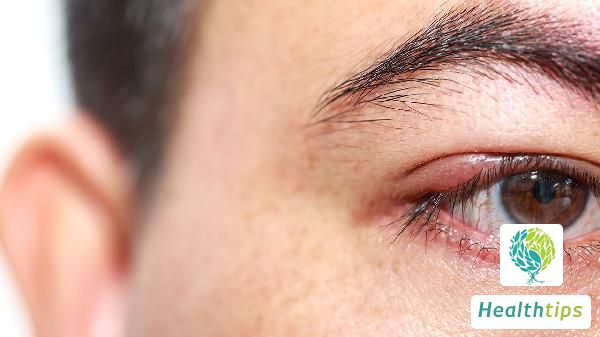"Is Redness in the Ears a Sign of Ear Infection (Otitis Media)?"
Update Date:
Source: Network
Redness in the ears does not necessarily indicate otitis media. It can be caused by non-disease factors such as environmental factors, trauma, and allergic reactions, or it may stem from conditions like acute otitis media, chronic suppurative otitis media, and tympanic membrane perforation.
Non-disease Factors:
- Environmental Factors: If the patient is exposed to high temperatures for an extended period, it can lead to local capillary dilation, resulting in redness in the ears. This is typically a normal physiological phenomenon that does not require special treatment and will gradually subside after leaving the high-temperature environment.
- Trauma: If the patient's ears are subjected to impact or compression, it may cause local soft tissue damage, leading to redness. It is recommended to rest, avoid scratching the affected area with hands to prevent infection. If necessary, take Amoxicillin Capsules or Cefixime Capsules as prescribed by a doctor for anti-infective treatment.
- Allergic Reactions: If the patient is allergic to substances like pollen or dust mites, skin allergic reactions may occur upon contact, manifesting as redness in the ears. It is advisable to promptly avoid the allergen and take Loratadine Tablets or Cetirizine Hydrochloride Tablets as prescribed by a doctor for anti-allergic treatment.
Disease Factors:
- Acute Otitis Media: Typically caused by bacterial or viral infections, it can lead to ear pain, purulent discharge, and redness due to inflammatory stimulation. It is recommended to use Ofloxacin Ear Drops or Lomefloxacin Hydrochloride Ear Drops under medical supervision.
- Chronic Suppurative Otitis Media: Often a sequela of untreated acute otitis media, it can cause hearing loss, tinnitus, and redness due to inflammation. Treatment may involve Cefuroxime Axetil Tablets or Amoxicillin Capsules under medical guidance.
- Tympanic Membrane Perforation: Caused by external impact or pathogenic infection, it disrupts the integrity of the tympanic membrane, allowing communication between the tympanic cavity and the external environment, resulting in redness. It is recommended to take Roxithromycin Dispersible Tablets or Cefixime Capsules as prescribed by a doctor for anti-infective treatment.
Apart from the above, conditions like sinusitis can also lead to similar symptoms. If accompanied by discomfort, seek medical attention promptly to identify the underlying cause and receive standardized treatment under medical guidance.




















